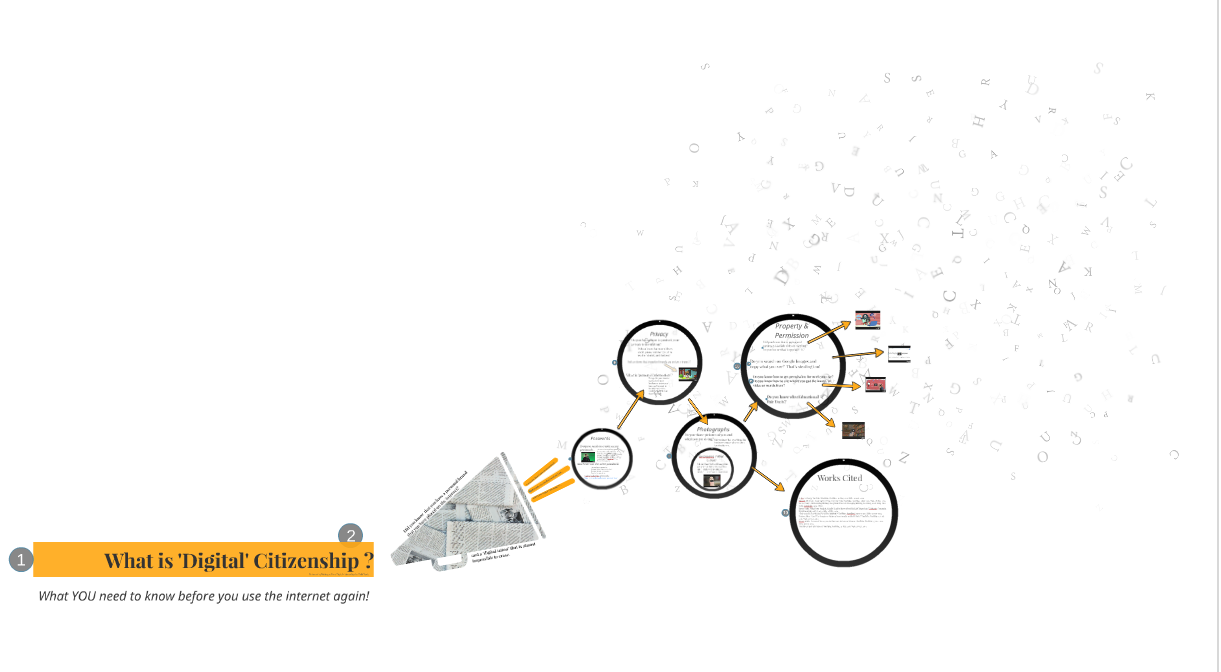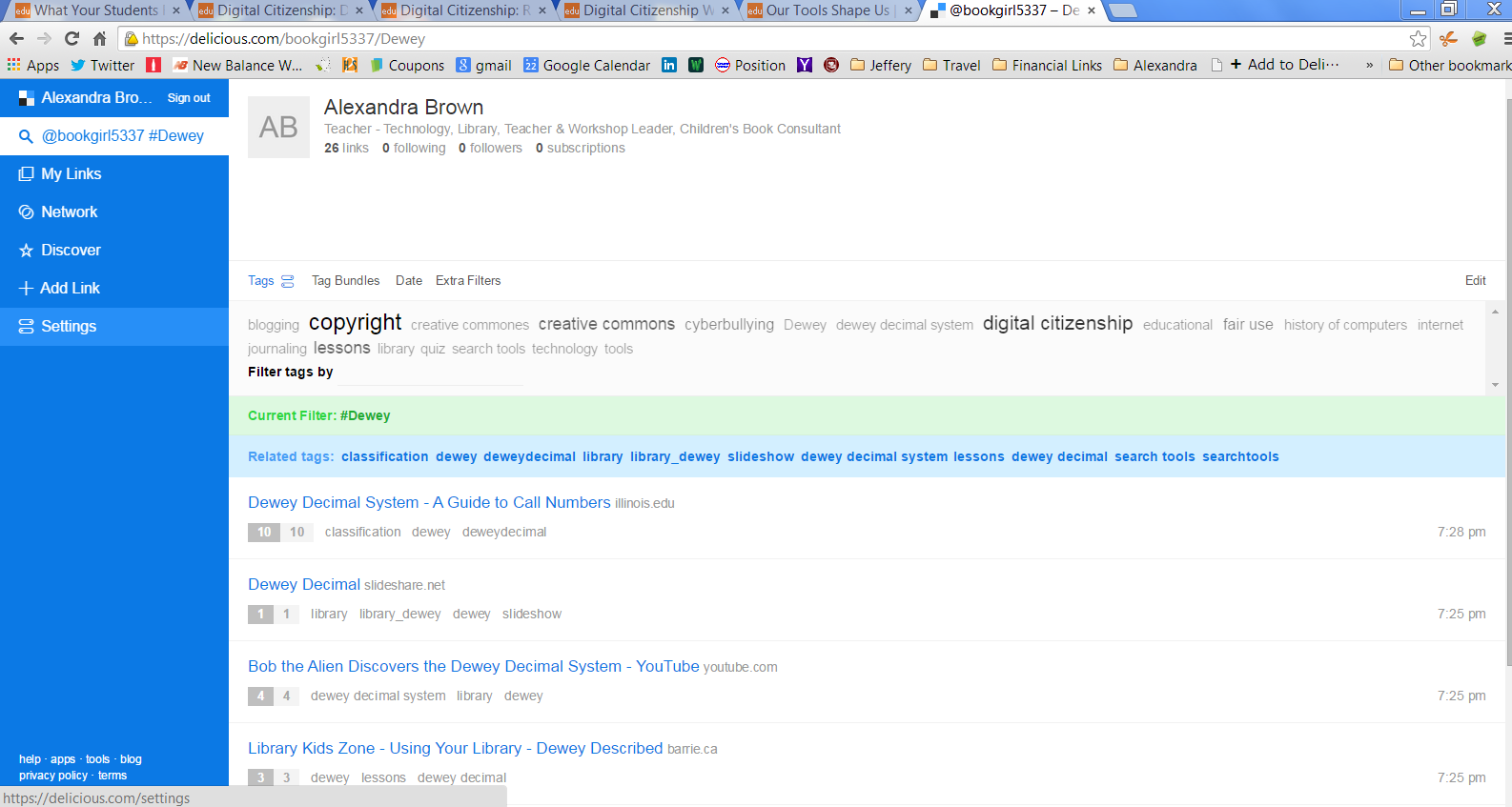On Saturday, my husband and I had friends over for lunch that we had not seen in over 15 years. Before kids we had been able to travel to each other's homes in different states for a weekend and spend time going to ball games, dinners out and late nights. Once we started having children, all that free "play" time was over while we spent weekends watching our kids sports games or other parenting things. But now that all of us are empty nesters we are able to get together again and the topic at Saturday lunch was how different our kids from what we were like in college and how they envision their future jobs versus what we wanted to do after graduation.
We all agreed that our college-aged kids grew up so different than us with having instant information and technology at hand and that our kids are more culturally aware than we ever were at their age. While we rolled our eyes at our parents that they did not know much about us, our children roll their eyes at us that we really don't know what's going in in the world. In the textbook,
Blogs,Wikis, Podcasts..., the author says, "There is a growing gap between how this digital generation defines privacy and the way most adults do. To our kids, making their lives come alive online is a part of the way they live. Communicating and collaborating with peers using instant or text messaging....allows them to be "always on" and always connected." (Richardson, 2010, p. 5)
My oldest son is a college senior and regularly communicates with students on the other side of the world in video game enclaves and in political or environmental discussions. When I graduated from college, my focus was to get a good teaching job and have a family. However, my son's focus is to be aware and focused on the world around him and getting an engineering job is not really a concern as much as doing something that he will enjoy and be a part of in the world around him. Our expectations are completely different for what life out of college will be for him. He is more 'plugged in' to the world around him and he wants to experience and focus on more than just getting a job.
I agree with the author, Will Richardson, in the first chapter when his says that "our students' realities in terms of the way they communicate and learn are very different from our own". (Richardson, 2010, p.6) From my own children to the middle school students in the school I teach, I can see vast differences. The first thing I might have turned on when I got home from school would have been the radio to listen to rock music but my students turn on their smart phone to see what social news they need to be updated on or to update their friends on about themselves. My students want to seek and find answers rather than be told how to find or what the answer is. Teachers and schools need to change their pedagogy in the classroom and rethink what changes we need to make in our teaching and become learners of this new Web. (Richardson, 2010, p. 6)
 Since half of my day is spent teaching middle school classes, I decided to join in the fun. Lacking an ugly sweater and itchy wool is not my thing, I opted for a classic vintage t-shirt and added a very, very large bow to the top of my head. Students and teachers were doing double-takes all day and I kept hearing chuckles and giggles. One student confessed that he just could not take me seriously with such a large bow on my head. It certainly kept my students attention on me during my lesson rather than playing with the mouse or icons on their computer screen. But it was a kindergarten student who sweetly asked me in a whisper that made my day...."Mrs. Brown, did you know that you have a rather large red bow on your head?" "I do?" I asked innocently. "Yes, you do. I just wanted you to make sure that you knew it was there." I had a hard time keeping a straight face as I thanked him for letting me know.
Since half of my day is spent teaching middle school classes, I decided to join in the fun. Lacking an ugly sweater and itchy wool is not my thing, I opted for a classic vintage t-shirt and added a very, very large bow to the top of my head. Students and teachers were doing double-takes all day and I kept hearing chuckles and giggles. One student confessed that he just could not take me seriously with such a large bow on my head. It certainly kept my students attention on me during my lesson rather than playing with the mouse or icons on their computer screen. But it was a kindergarten student who sweetly asked me in a whisper that made my day...."Mrs. Brown, did you know that you have a rather large red bow on your head?" "I do?" I asked innocently. "Yes, you do. I just wanted you to make sure that you knew it was there." I had a hard time keeping a straight face as I thanked him for letting me know. 








